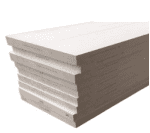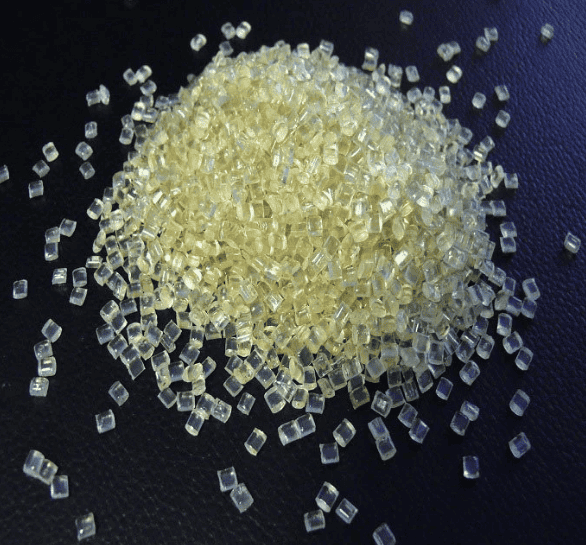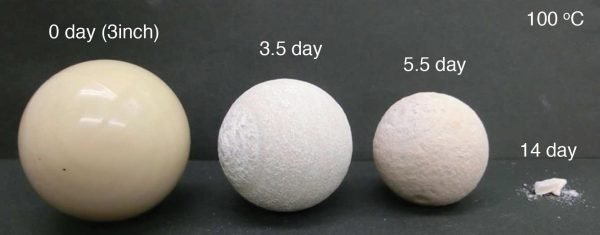PET material (chemically known as polyethylene terephthalate) is a polyester with a relatively high density. PET is available either as an amorphous or semi crystalline thermoplastic, a member of the polyester family of plastics, which should not be confused with the clear, amorphous version used to make bottles for carbonated drinks. The characteristics of the amorphous type of PET polymer are high transparency, but lower mechanical properties such as tensile strength, as well as substantially lower sliding characteristics. PET exhibits particularly good dimensional stability and is available in a range of grades and forms to suit many applications.
Due to its good creep strength, low moisture absorption and outstanding dimensional stability, PET plastic material is extremely well suited for applications where complex parts and the highest requirements regarding dimensional accuracy and surface quality are needed. The thermal properties of PET support a good temperature stability as well as dimensional stability.
While not as fine as acetal, the machinability of the above grades of PET is excellent. As with all plastic materials, experience has shown that extra care must be taken with larger diameters, especially in the colder months when plastic materials lose some of their toughness and have less resistance to machining stresses. It’s important that these materials are not machined while in a chilled condition. Full machining instructions may be supplied on request.
PET MATERIAL PROPERTIES AND SPECIFICATIONS
PET material offers:
- High rigidity and hardness
- High strength
- Very low moisture absorption
- Good creep resistance
- Low sliding friction and sliding wear
- Resistant to hydrolysis (up to +70 °C)
- Not suitable for contact with media containing >50% alcohol
- Good chemical resistance against acids
- Good adhesion and welding ability

MANUFACTURED PET MATERIALS
Gonow plastics supplies PET in form of:
- Extruded PET plastic round rod
- PET plastic tube
- Extruded PET plastic sheets
The application environment of the PET product endpoint
Electronic industry: Cases, covers, switches, insulation panes and coil bodies
Automotive industry: Cases, screen wiper arms and door handles
Medical industry: Functional parts in drug dosing systems
Mechanical engineering: Gears and sliding elements
Food industry: Guidance, slide bar, stop units, rollers and grabbers




